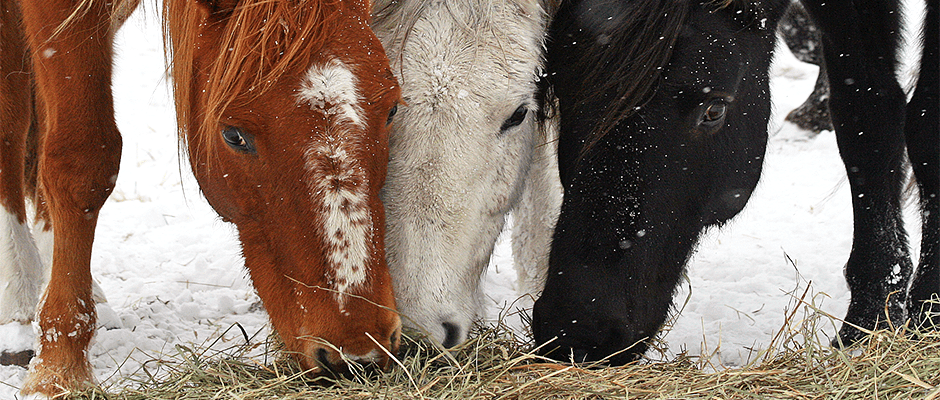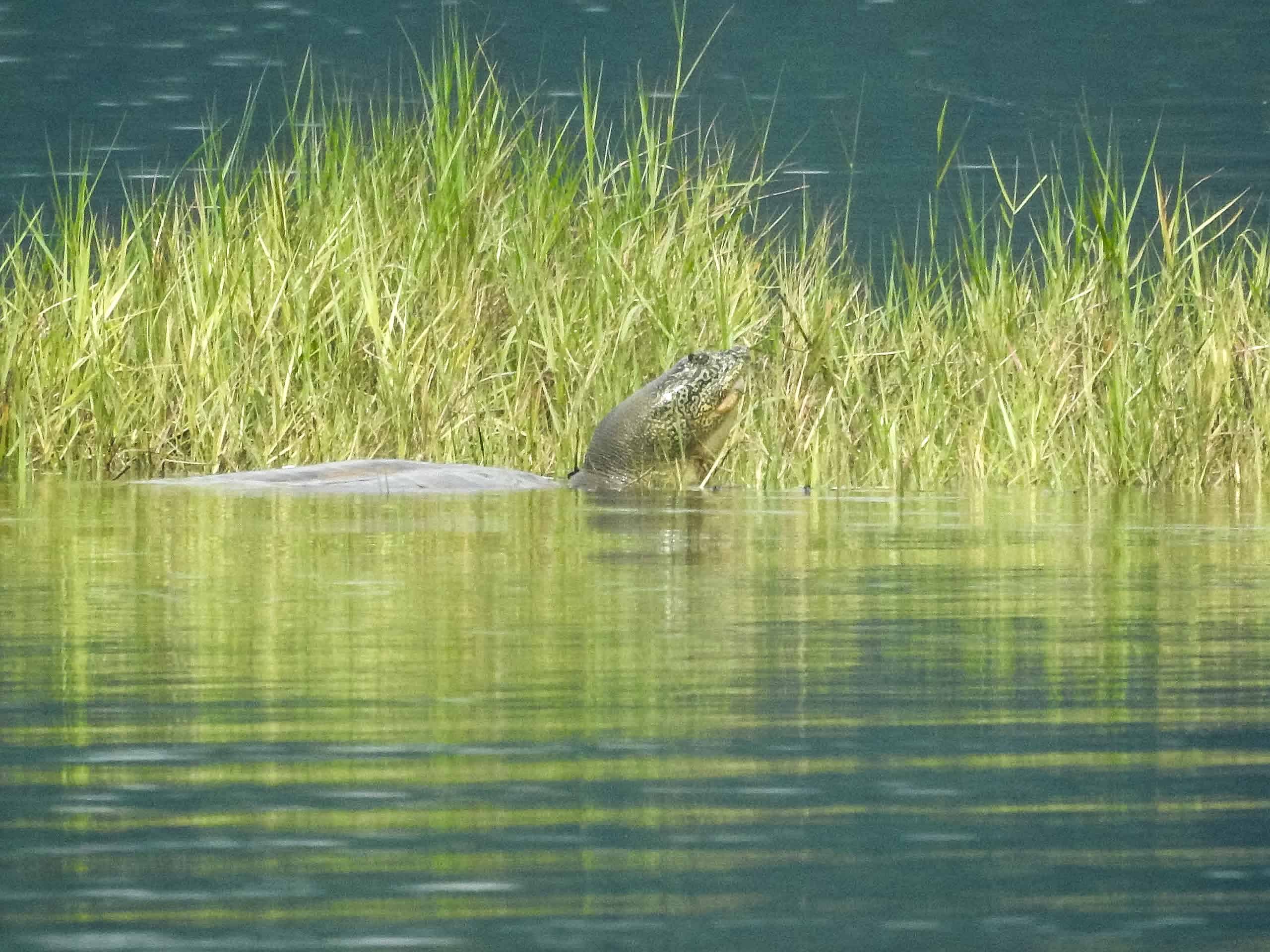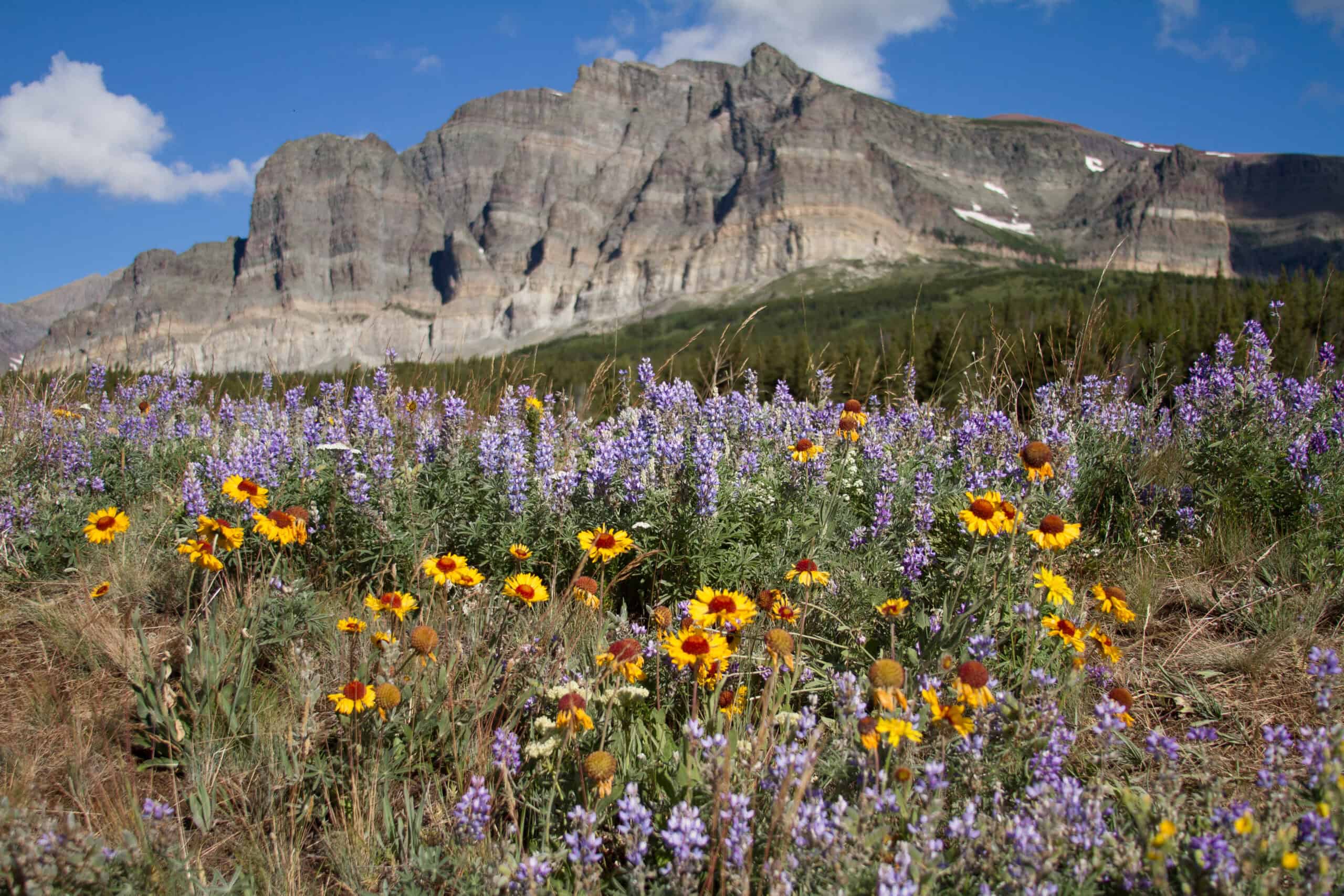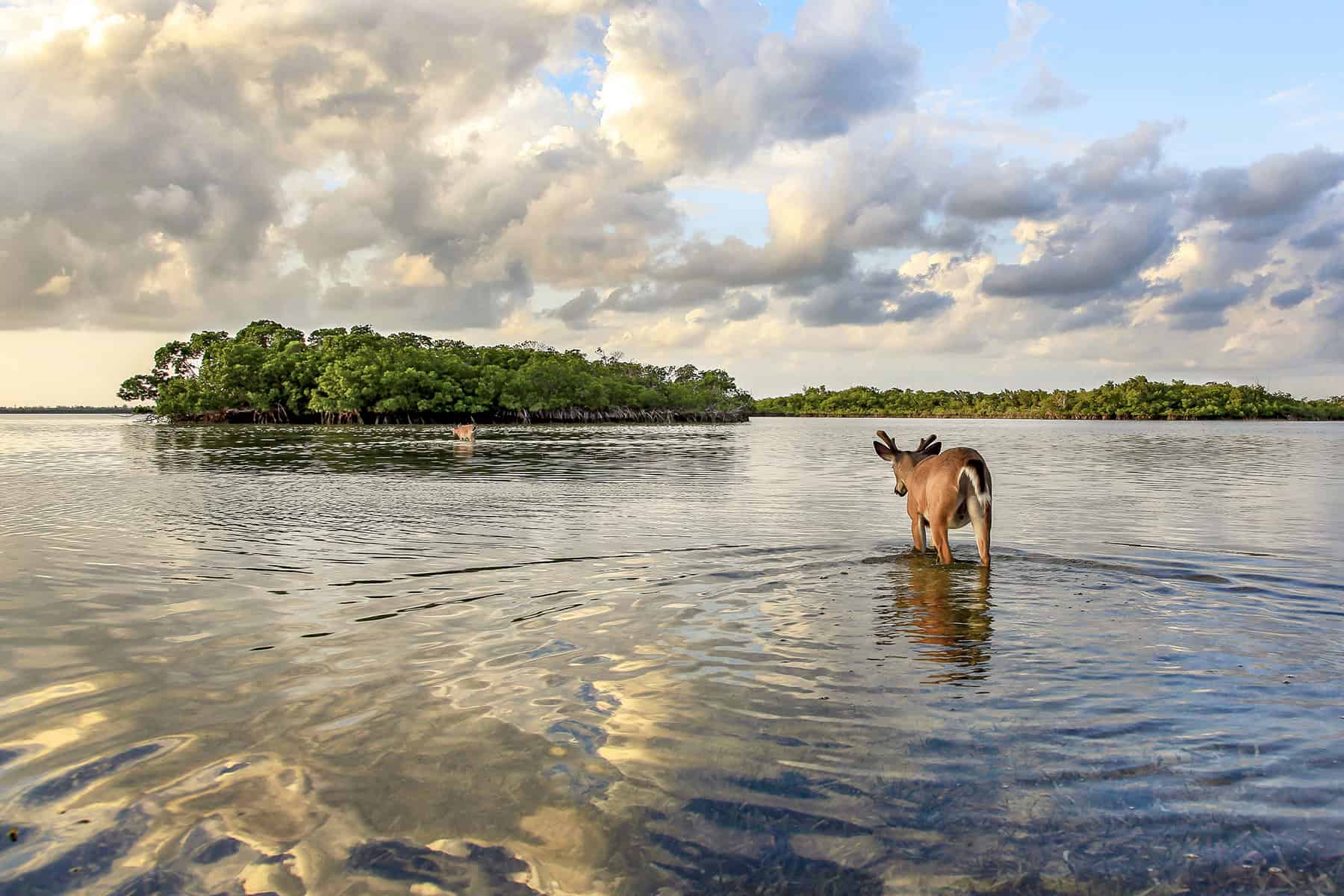Share this article
Horse & burro population grows; BLM lays out options
In November 2015, 20 members of Congress sent a letter to Neil Kornze, Director of Bureau of Land Management, requesting information on wild horse and burro management. Kornze responded last week, addressing questions regarding present management actions, challenges faced by the BLM, and potential plans going forward.
In his response, Kornze revealed that the current estimated population of wild horses and burros on BLM land is 67,000 – which the National Horse and Burro Rangeland Management Coalition accurately predicted last year – far exceeding the agency’s target appropriate management level of 27,000. This is a 15 percent increase from last year’s estimated on-range population of 58,000 animals. An additional 46,000 horses and burros are currently being cared for in contract facilities, costing the BLM approximately $50 million per year.
Kornze also described 6 alternatives for achieving appropriate management levels in 3-, 5-, and 10-year time frames. The scenarios assume constant adoption and population growth rates, and only adjust gather and removal levels over time. The least expensive scenario over a 40-year period achieved appropriate management levels in the shortest amount of time, due to high rates of removals.
Over the past few weeks TWS government affairs & partnerships staff, as a part of the National Horse and Burro Rangeland Management Coalition, has met with each Congressional office that signed onto the initial request for information to discuss the issue and ways to move forward toward a solution. TWS recognizes these horses and burros as an invasive species, which present several challenges for wildlife professionals tasked with science-based management and conservation of native wildlife. Overpopulated horses and burros are known to negatively impact rangeland ecosystems, native wildlife, horse and burro well-being, western heritage and taxpayer dollars.
You can support science-based management and conservation by wildlife professionals by highlighting this issue with your Congressional delegation. Use the National Horse & Burro Rangeland Management Coalition’s Action Center to send a letter to your members of Congress.
Header Image: ©Jana Wilson








